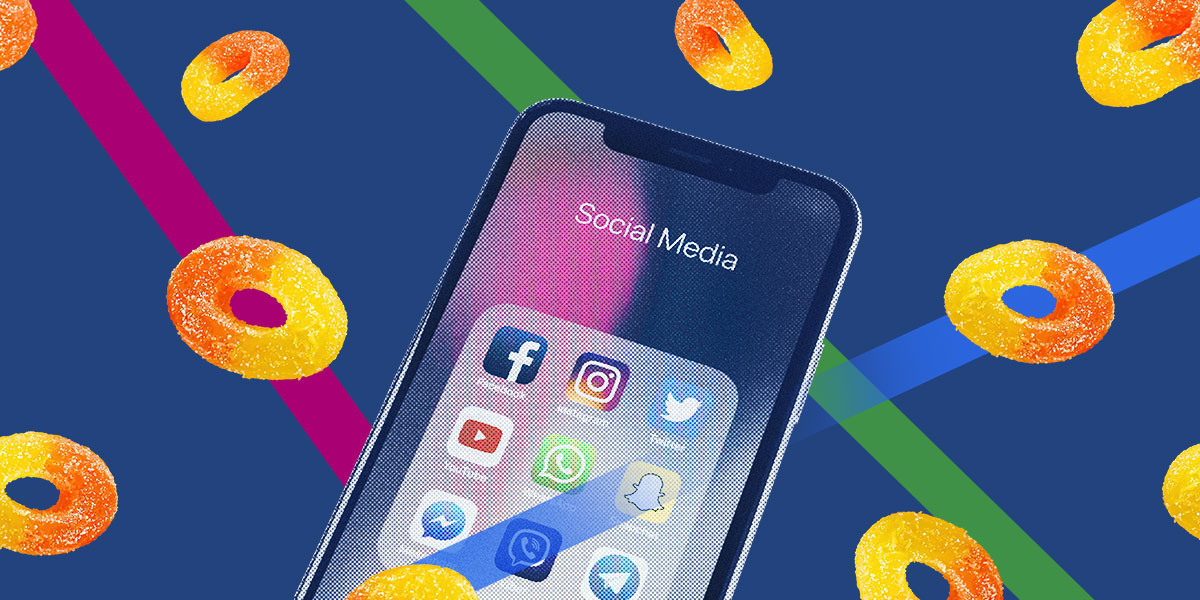“Tobacco-Free” Nicotine and More Troubling Trends This School Year
“Tobacco-free” nicotine, new cannabis products, disposable vapes – already, new challenges await parents and caregivers this school year. Students may be worrying about making friends or keeping up in class, but parents, caregivers, and educators are dealing with a different concern: how to help young people stay safe.
Here are four youth substance use risks to have on your radar this year:
- The rise of disposable vapes: Disposable e-cigarettes/vapes have exploded in popularity among teens over recent years, with more than 2.5 million youth reported using them in 2022. These products often attract youth with sweet and fruity flavors and sleek, colorful packaging. These products are not authorized by the FDA, making them unlawful to sell, but manufacturers use legal loopholes to keep these products on store shelves and on e-commerce platforms. One common loophole is labeling vapes containing synthetic nicotine as “tobacco-free nicotine” – more on that below.
- Misleading tobacco marketing tactics: A new favorite claim of the tobacco industry is that some of their products like e-cigarettes and nicotine pouches contain “tobacco-free nicotine,” and implicitly are safer than traditional tobacco products. However, these products still contain nicotine, which is highly addictive and harmful to young people, regardless of its source. Studies have confirmed that “tobacco-free nicotine” is a confusing term that obscures the true risk of these products, and youth are especially vulnerable to confusion about the safety of synthetic nicotine.
- New cannabis products: Youth cannabis use has surged over the last two decades. Experts believe new and widely-available products such as edibles and vapes may be to blame. But no matter how cannabis is consumed, it can seriously harm the teen brain and even harm its development. One such change is diminishing the brain’s ability to handle stress and anxiety – despite the common belief that cannabis can relieve these struggles. Plus, like nicotine vapes, cannabis vapes come in fruity- and candy-like flavors and colorful, attractive packaging, making them more appealing to youth.
- Dangers of social media for mental health: Social media is an undeniable part of life for young people today, but it comes with risks. Heavy social media use is associated with diminished mental well-being and physical health — and 75% of Virginia teens spend more than 3 hours a day in front of a screen (not including schoolwork). In addition to harming young people’s mental health, excessive social media may increase their exposure to products that contain nicotine (and are marketed as “tobacco-free nicotine”) and other substances, tempting kids to try these substances. Additionally, excessive screen time, on top of the hours spent online for school, contributes to a sedentary lifestyle and can make it harder for kids to maintain a healthy weight.
What trends are you noticing this year? Share with us below!

